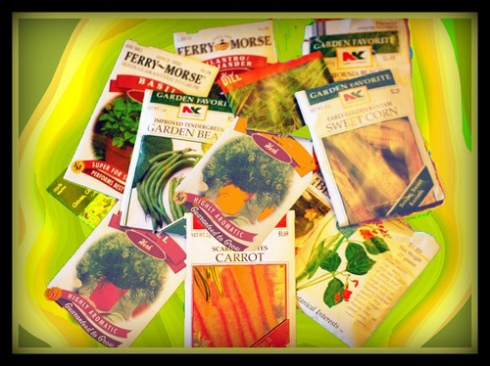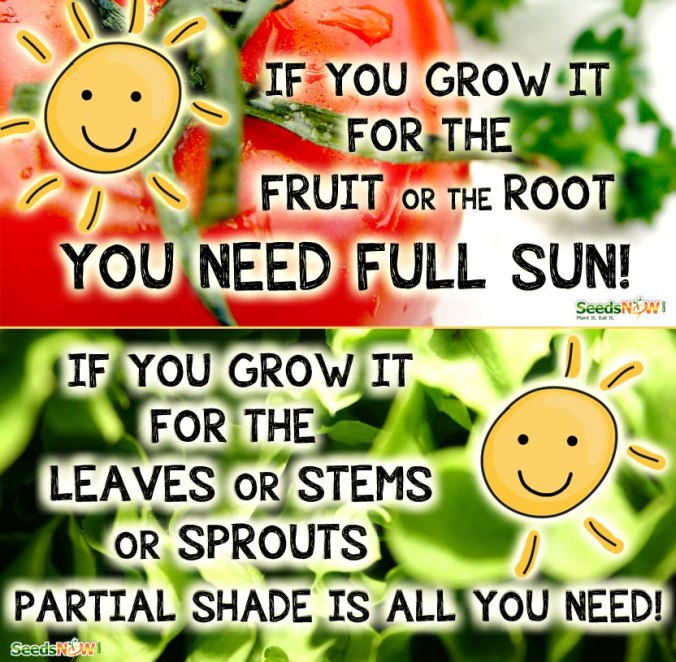I spent part of today talking to a retire Professor from the California University system. His expertise is in plants,  particularly tomato plants. The subject we discussed was the long-term storage of plant seeds. Based on his many years of experience he said that the best method is to store seeds in a paper sack in the refrigerator. In his opinion, the preferred temperature to store seeds is 50 degrees. For practical purposes, a refrigerator works well. He recommended against freezing your seeds. High heat will also shorten the storage life of seeds.
particularly tomato plants. The subject we discussed was the long-term storage of plant seeds. Based on his many years of experience he said that the best method is to store seeds in a paper sack in the refrigerator. In his opinion, the preferred temperature to store seeds is 50 degrees. For practical purposes, a refrigerator works well. He recommended against freezing your seeds. High heat will also shorten the storage life of seeds.
He has germinated tomatoes seeds that were 50 years old that had been stored correctly. On one occasion, he received wheat seeds (wheat berries) from a cave in South America that were several hundred years old and they germinated.
If seeds fail to germinate, he said it is often because the seed coat has become hard. He said that you can soften the seed coat by soaking in them in a mixture of two parts water to one part chlorox for thirty minutes. Then rinse them in clean water and plant. This will not always work but is well worth a try. He told me the story of another Professor who had some tomato seeds that would not germinate so they were fed to his turtle. After going through the digestive track of his turtle, the seeds were then discovered to germinate.
The length of storage life varies from plant to plant. However, most plants seeds should last a few years. Legumes have a short shelf life compared to tomatoes.
The following is additional information that comes from the University of Colorado.
for the rest of the article, please click this link:
http://preparednessadvice.com/gardening/the-storage-life-of-seeds/#.UaXxHEDVDE1










You must be logged in to post a comment.